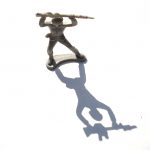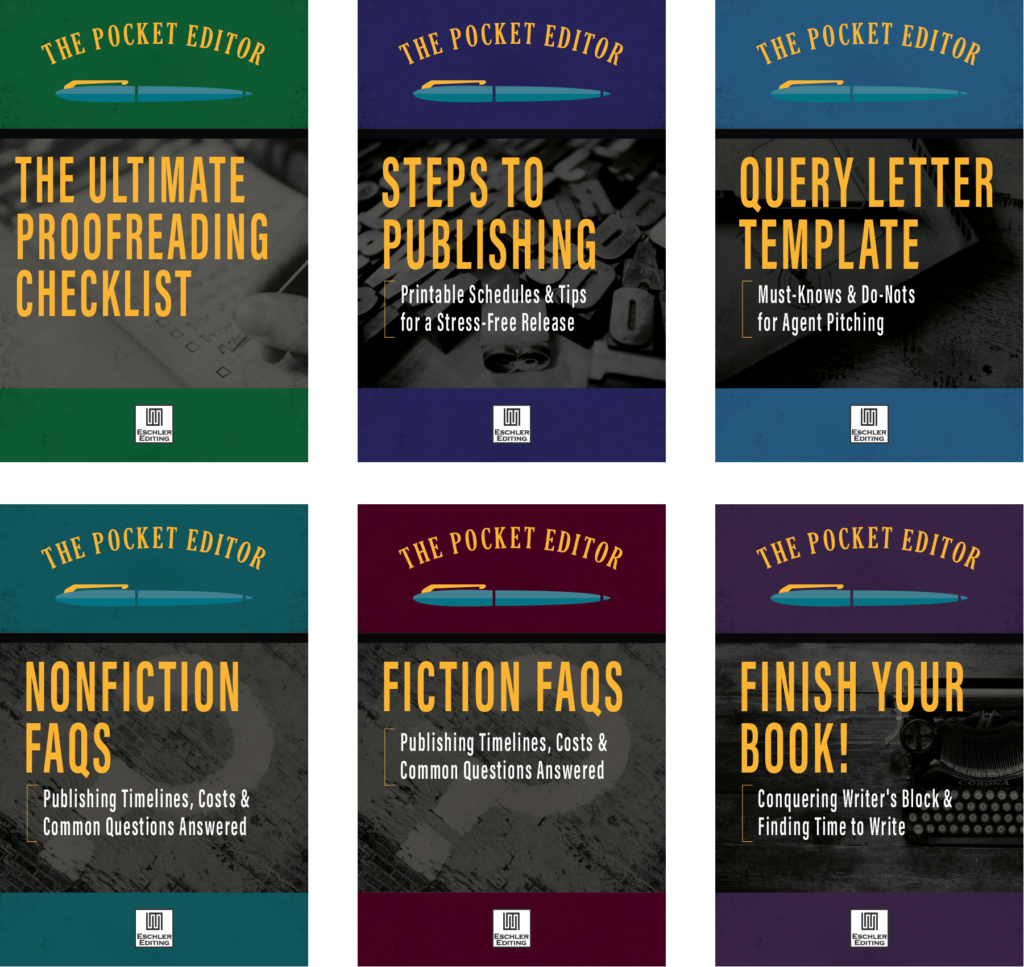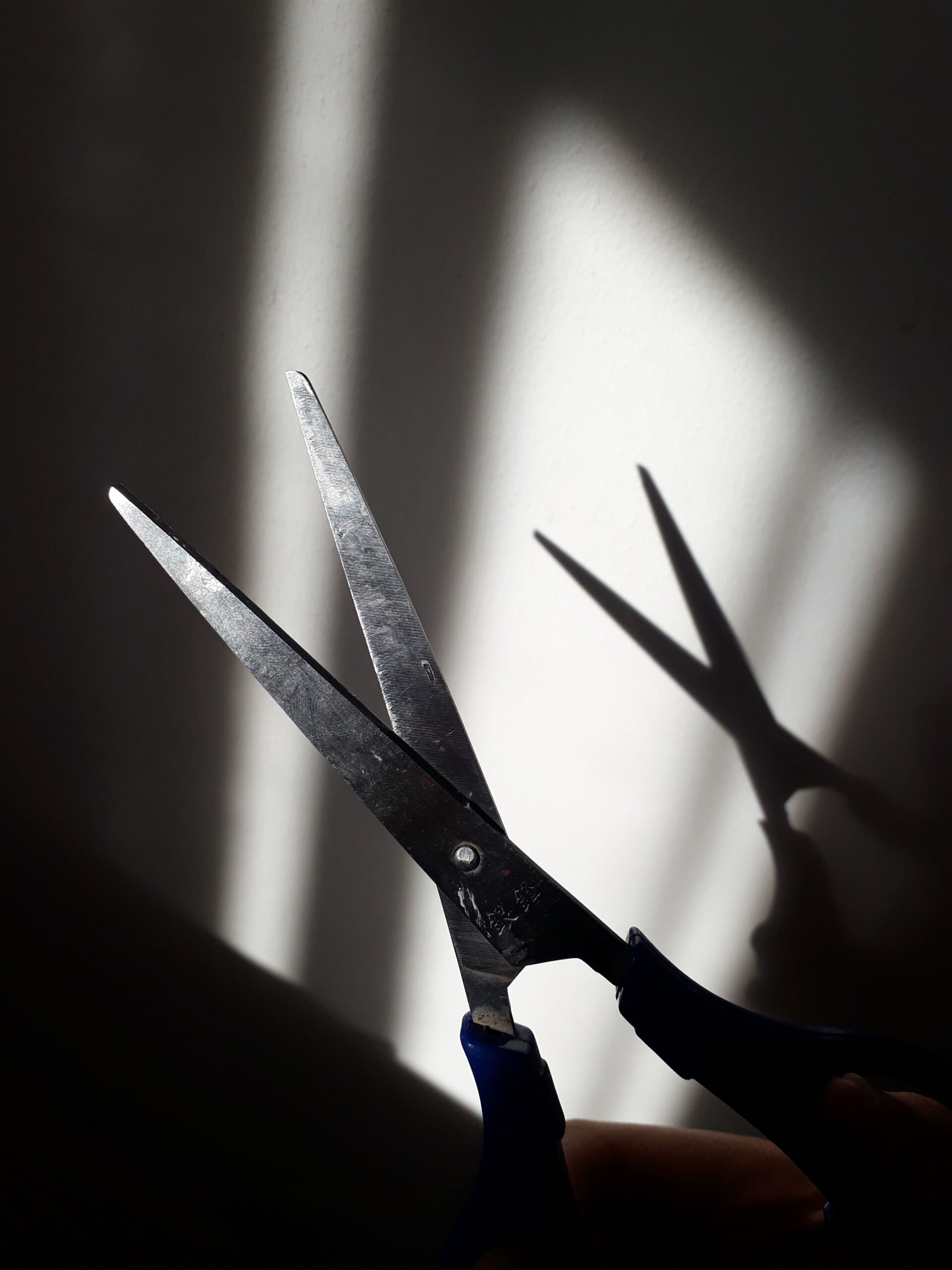By Emilee Newman Bowles
Fight scenes are some of the hardest scenes to follow in a book, and so they are some of the hardest to write well. Remember that you’re not writing a screenplay, and readers will get bored with page after page of kicks and punches—or they’ll skip over them all together. Even though fight scenes can be much cooler in movies, you can do something in your novel that movies can’t; as a writer, you can add in the emotions and thoughts of your characters. And that can make your fight scene go beyond cool to compelling.
Narrative Purpose and Emotional Stakes
A fight scene needs to have a narrative purpose, and not just be there for the sake of blowing things up (we’ll let Hollywood do that). Before writing your fight scene make sure you know why it’s there. Will it move the plot forward? Does it reveal something important about your key characters?
Remember the emotional stakes. Few people fight just to fight. There should be strong emotions involved and a lot at stake for your characters. This will make your fight scene more believable as well as help your readers invest their own emotions in the story. What is the character trying to accomplish? Without a motive, there is no tension and conflict.
For instance, in the Hunger Games, Katniss is forced to fight other children to the death, but everything she does during the Games builds towards something bigger, moving the plot forward to her rebelling against the Capitol. It’s not about the fight but about what the fight means. Note that the first time she actually kills another tribute with her own hands is in revenge, but there’s more than even that personalized motive: the boy she kills had trapped and murdered Rue (the little girl from District 11 who had become Katniss’s ally and who reminded her of Prim, Katniss’s sister); at this point, Katniss wasn’t fighting to save her own life—she was fighting to memorialize Rue’s life. The emotional stakes in that scene were huge. And in turn, that act affected the forward momentum of the plot in ever-more-important ways: Katniss’s revenge and grief for the loss of Rue moves Rue’s District to send Katniss a gift—a thank-you for trying to save Rue. This was against the rules of the Games and thus helps progress the rebellion theme. Later, Rue’s counterpart from District 11, Thresh, spares Katniss’s life. The emotional stakes in all of these fight scenes are powerful and they move the plot forward as well.
Play with Prose
- Pull out your prose toolbox and write the setting and scene first so your readers can visualize what’s going on and who is where. Your character can’t throw a chair at someone if the reader didn’t know there was a chair in the room. And we don’t know how amazing your flip-kick was if we don’t know you had to cross five feet to complete it.
- Writing style and sentence structure also play an important role in writing fight scenes. Speed things up with short, quick words and sentences. Slow them down by using longer sentences and pausing on the details. These variations in pacing can mimic the style of the fight—fast and furious or slow and methodical.
- You can also write memorable dialogue into your fight scenes. We can all remember and quote verbatim the words, “My name is Inigo Montoya. You killed my father. Prepare to die.” If you’re a fantasy fan, you may recall in the Lord of the Rings the words of fair Eowyn, who fought the Witch King of Angmar; he taunts her with, “Thou fool. No living man may hinder me!” To which she replies, “But…You look upon a woman.” Tolkien describes her as “fair yet terrible” as she deals a “swift stroke….skilled and deadly” upon the Witch King.
Be Realistic
- Don’t make your protagonist so good at fighting as to be unrealistic. If they can fight well, they need to have the training and background that would allow them to do so. Even a skilled fighter will suffer from injuries, soreness, and fatigue. And one guy, no matter how amazing, can’t hold out against multiple opponents for very long. Hordes of bad guys don’t sit and wait for their turn to fight the good guy like they do in the original Teenage Mutant Ninja Turtle movies. If you have a lot of bad guys, they should overwhelm your good guy no matter how good he is. Even the infamous Aragorn in the Lord of the Rings had help from the elf Legolas and the dwarf Gimli. If your good guy needs to beat up a group of bad guys, keep the group realistically sized and give us a believable (but short!) play-by-play of which moves accomplished this feat and how.
- You should also shun the cliches—the villain emerging from an epic battle completely unscathed, the hero is surprised when the villain’s mask falls off and he realizes he’s been fighting a girl, his best friend, his cousin, etc. The surprise comes when the mask falls off? Nah. It’s all been done before. Or, a character is hanging on a ledge—literally—and his friend saves him just in time. (Could also be followed by the “unexpected” zombie hand suddenly reaching up from below to grab them one last time.) If you want to use such tropes, you should at least make them fresh by playing with them, turning them on their heads, or making them into a shared joke with your audience. Tolkien’s scene with Eowyn was novel when he wrote it, but he also made it a point to show that no man could kill the Witch King—but a woman could (applause!).
Research
Make sure you do your research. This is a case where most writers can’t use the advice to write what they know. But you can research the fighting style or weapons your characters will be using. Take a class if you can. If your characters fire a gun, go to a shooting range. Read nonfiction articles, talk to experts, and read books and watch movies with good fight scenes. You don’t want to break the suspension of disbelief by putting a weapon in a scene of historical fiction where the weapon wasn’t invented yet, or by writing a fighting style that doesn’t exist in a certain culture. Rayne Hall, the author of Writing Fight Scenes, said “Research is a wonderful word for writers. It serves as an excuse for everything.” Although he may have been referring to what you’re doing on Facebook (lots of research there) or what Kung Fu–based travel adventures you can write off on your taxes, it can also be applied to legitimizing what you’ve written—as long as you apply the information you’ve researched accurately and logically, of course!
Do This Now
Now that you know what to do, go and study up on good fight scenes in literature. Fantastic fight scenes can be found in some of the classics: the Iliad by Homer, Ivanhoe by Sir Walter Scott, and Le Morte d’Arthur by Thomas Malory. Spend some time with Shakespeare’s plays, too, especially Macbeth. In contemporary novels, try reading The Princess Bride by William Goldman, Ender’s Game by Orson Scott Card, and of course the novels from the examples we used above, Hunger Games by Suzanne Collins and Lord of the Rings by J.R.R. Tolkein. They all use different styles and techniques for dealing with fight scenes. And obviously, find some of the contemporary masters in the military fiction and thriller genres. Get reading and see what will work for you.
Wrap Up
Print this article and keep it handy for when you need to remember the logic and deeper potential/purpose of fight scenes (for more tips on writing logically, head over to “How Logic Can Make or Break a Story”). Using the tips above, we hope you’ll leave your readers breathless from the tension, suspense, and emotional exhaustion created by a great fight scene. Hi-yah!
Now it’s your turn: what are the best fights scenes you’ve read? The worst? Which ones made you split your sides instead of suspending your disbelief? Share them with us!
__________________________________________________________________






0 Comments